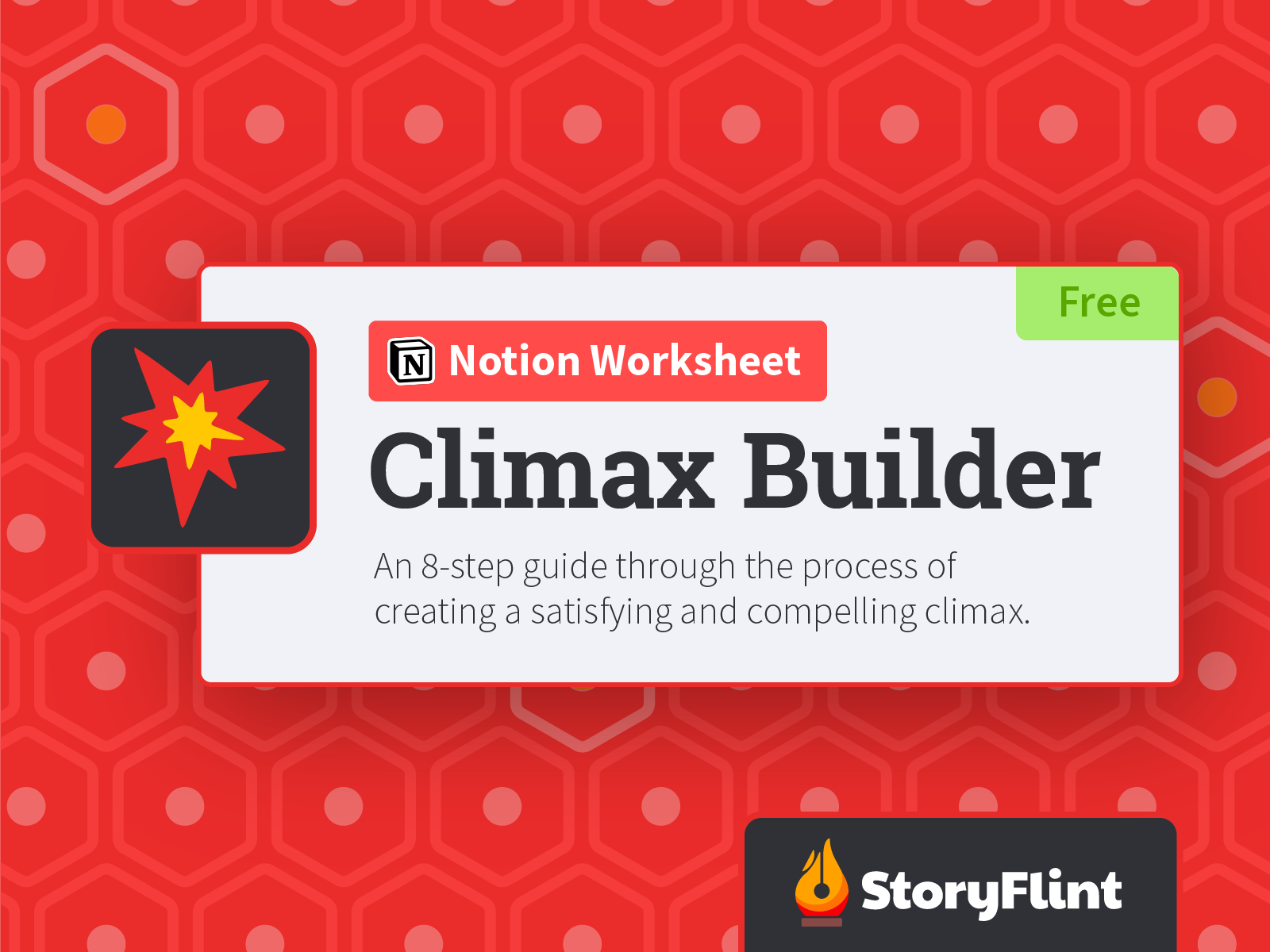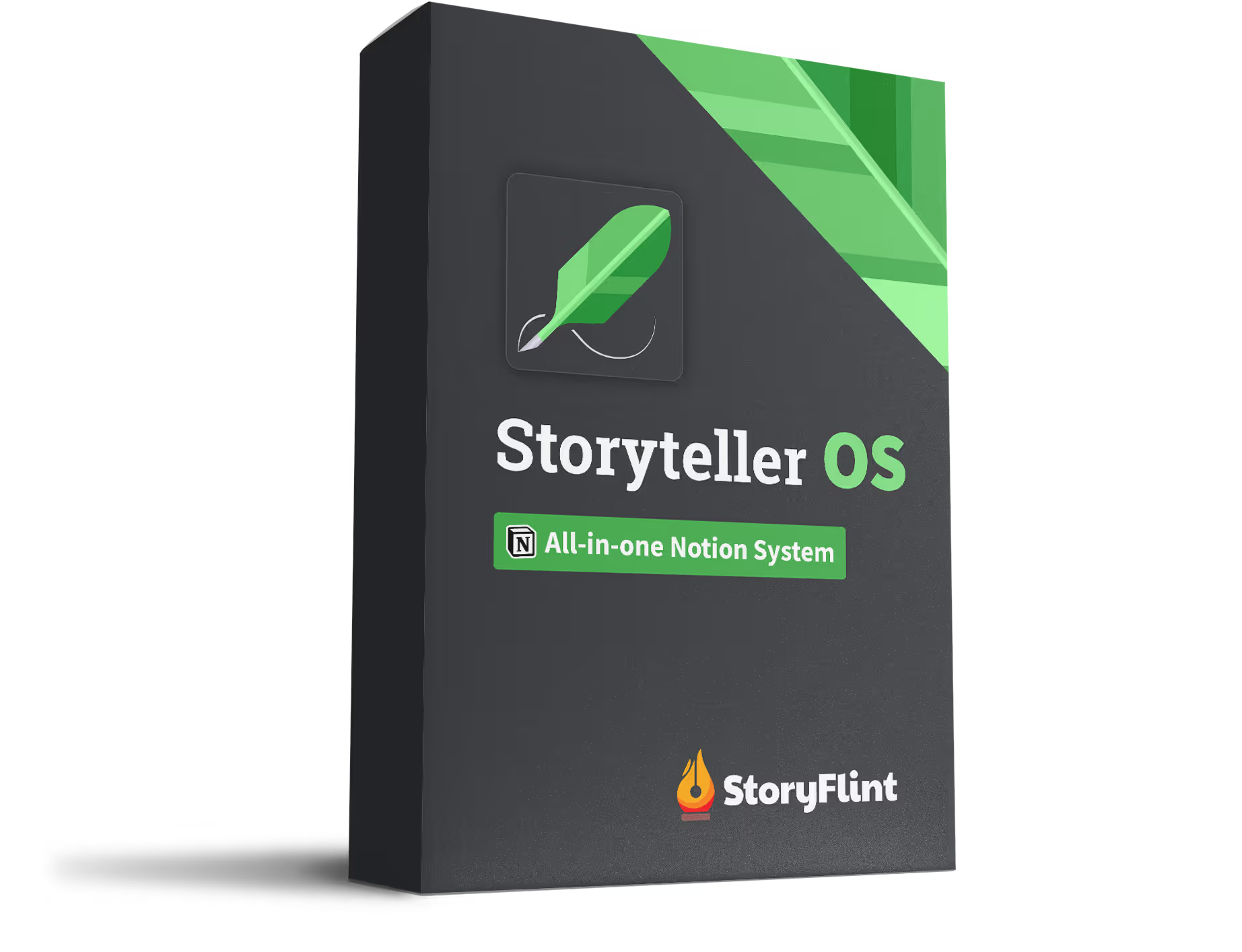[.tldr-section]TL;DR (Climax Definition):
The climax is the peak of a story—the most intense turning point—where the main conflict comes to a head and the outcome is decided. It’s not the resolution, but the moment that sets it in motion.[.tldr-section]
Climax Meaning: A Simple Definition
If you’ve ever asked “what is the climax of a story?” here’s the plain answer:
The climax is the moment of highest tension. It’s when all the threads of your story tie together, and your protagonist faces the final test. After this moment, the direction of the story is clear—the resolution is inevitable.
Think of it as the “point of no return.” Whatever happens here defines the rest of the story.
Why the Climax Matters So Much
Every story is a promise to the audience. You set up characters, conflicts, and themes—all of which point toward the payoff. The climax is that payoff. Without a strong climax, your audience feel cheated. They might forgive a slow start or a saggy middle, but if you whiff the climax? That sticks.
The climax is also the moment when theme and character arc intersect. It’s not just “will they win the battle,” but “who have they become through this journey?”
Where the Climax Happens (and Why It Matters)
The climax usually occurs near the end of a story, after rising action has built stakes and before falling action settles them. It’s the top of the mountain your story has been climbing.
- In a mystery, the climax is the reveal of the culprit or the detective’s final deduction.
- In a romance, it’s the big decision to be together (or not).
- In an adventure story, it’s the final battle, the desperate escape, or the impossible heist.
Your readers expect it here, because this is where all the tension you’ve built finally pays off. If it happens too early, the story feels like it drags after. If it happens too late, the pacing feels rushed.
Climax vs. Resolution vs. Falling Action
Readers often confuse these, so here’s a clear breakdown:
- Climax: This is the highest point of tension, the decisive turning point where the protagonist’s fate is sealed. Example: Katniss and Peeta threaten suicide with berries in The Hunger Games.
- Falling Action: These are the events immediately after the climax, when the consequences of that decisive moment play out. Example: The Gamemakers scramble to stop Katniss and Peeta’s double suicide attempt.
- Resolution: This is the final state of the story, when conflicts are wrapped up and the new normal is shown. Example: Katniss and Peeta return home as victors.

How to Write a Strong Climax
A good climax checks these boxes:
- Stakes are at their peak.
- The protagonist must make the hardest choice.
- The outcome is irreversible.
- The story’s theme is proven.
- Subplots converge into this moment.
But the most important thing about a good climax: the protagonist needs to make a choice. This choice needs to be the hardest choice they've made in the entire story and show how much the character has grown. The climax is where your character proves they really are a changed person. This choice is usually the climactic moment of the story – the climax within the climax.
Types of Climaxes (by Story Focus)
There isn’t one universal way to categorize climaxes, but here are useful lenses for writers:
1. External Climax
This is a physical showdown or event. Think final battles, duels, escapes, or competitions. The protagonist must overcome tangible obstacles.
Examples:
- Frodo and Sam at Mount Doom (The Lord of the Rings).
- Max racing against time to save the kids in Mad Max: Fury Road.
2. Internal Climax
The heart of the story is the character’s inner struggle. The climax comes when they finally make a moral, emotional, or psychological choice.
Examples:
- Elizabeth Bennet choosing love over pride in Pride and Prejudice.
- Holden Caulfield realizing he can’t protect innocence forever in The Catcher in the Rye.
3. Combined Climax
Modern stories often combine both. The external conflict forces the internal choice, creating maximum impact.
Examples:
- Katniss choosing rebellion over compliance in The Hunger Games.
- Simba confronting Scar (external) and accepting his place as king (internal) in The Lion King.
Pacing the Climax
The climax doesn’t always need to be one single scene. Some stories stretch it over multiple chapters (epic fantasies, thrillers). Others keep it sharp and punchy (short stories, sitcoms).
Rule of thumb:
- Short stories/novellas: climax might be one scene.
- Novels: climax may stretch across several scenes or chapters.
- Epics or trilogies: climax could be a multi-part battle or series of decisions.
Don’t confuse length with intensity. A five-chapter climax that drags feels worse than a one-page climax that hits hard.
How the Climax Ties to Theme
The climax isn’t just about plot. It’s where your theme is proven true.
- If your theme is love conquers fear, then the climax must force the character to act out of love despite terror.
- If your theme is greed destroys, then the climax should reveal the cost of a greedy choice.
This is why throwing in random twists at the end usually backfires. A climax must feel inevitable yet surprising. The choices leading up to it should make sense with your theme.
Common Mistakes to Avoid
- Too predictable: readers saw it coming miles away.
- Unbelievable: the climax doesn’t match the setup.
- Too short: it ends before the tension pays off.
- Off-screen: you summarize it instead of showing it.
- Rule-breaking: introducing new powers, info, or twists with no setup.
- No cost: the protagonist wins too easily, with no sacrifice.
Your audience craves catharsis, not shortcuts.
Genre-Specific Climax Examples
Romance
- Pride and Prejudice: Elizabeth and Darcy confess their love, finally overcoming pride and misunderstanding.
- The Notebook: Noah and Allie reunite despite time and obstacles.
Mystery/Thriller
- Gone Girl: Amy reveals her manipulation; Nick realizes the trap he’s in.
- Sherlock Holmes: The detective exposes the villain with the final deduction.
Fantasy
- Harry Potter and the Deathly Hallows: Harry chooses self-sacrifice against Voldemort.
- The Lord of the Rings: Gollum and the Ring’s destruction at Mount Doom.
Horror
- A Quiet Place: The family discovers sound can kill the creatures—at the cost of the father’s life.
- The Shining: Jack’s pursuit ends in the hedge maze, his downfall inevitable.
Memoir/Drama
- Educated (Tara Westover): Tara chooses independence from her family’s control.
- Wild (Cheryl Strayed): Reaching the end of her hike symbolizes healing and self-discovery.
Scene Climaxes vs. Story Climax
Every scene has its own mini-climax—a beat where tension peaks. These are like stepping stones to the story’s global climax.
Example:
- In The Hunger Games, a scene climax is Katniss volunteering for Prim. It’s high tension, but it’s not the story’s final turning point.
- The story climax is the berry bluff at the end.
Understanding the difference helps you pace properly. Scene climaxes keep readers hooked, while the story climax provides the ultimate payoff.
How to Build Toward the Climax
Here’s a practical roadmap:
- Set up stakes early. The climax only works if readers understand what’s at risk.
- Escalate tension gradually. Each conflict should be bigger or harder than the last.
- Foreshadow outcomes. Readers should feel the climax is both surprising and inevitable.
- Test the protagonist. Smaller “practice” choices prepare them for the ultimate decision.
- Pay off setups. Don’t introduce new rules in the climax; use what’s already been planted.
FAQ About Climaxes
What is the climax of a story?
The climax is the most intense turning point where the main conflict peaks and the outcome is decided.
What does climax mean in literature?
It’s the decisive moment of highest tension that determines how the story ends.
Is the climax the same as the resolution?
No. The climax decides the outcome; the resolution shows the aftermath.
Where does the climax happen in a story?
Usually near the end, just before the falling action and resolution.
How long should a climax be?
As long as it takes to pay off the stakes. Some are a single scene; others stretch across multiple chapters.
Can a story have multiple climaxes?
A story has one main climax, but subplots and scenes can have mini-climaxes that feed into the big one.
What makes a good climax?
High stakes, real consequences, and a protagonist’s defining choice.
Can a climax be quiet instead of action-packed?
Yes. Some of the most powerful climaxes are subtle but deeply emotional. (Example: Celie finally standing up to Mister in The Color Purple.)
Final Thoughts
The climax is your story’s payoff—the moment your readers came for. Give them tension, stakes, and a choice that proves your character has truly changed.

If you want a shortcut, grab the free Climax Builder worksheet. It walks you step by step through shaping your climax so you don’t stall out when it matters most.




